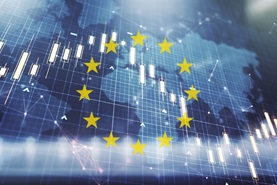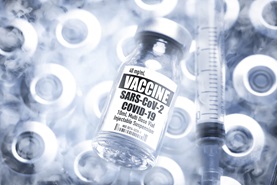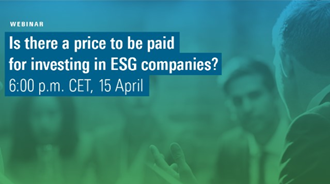ESG Risk Premium: A Further Look at Style, Industry and Country Factors
In Volume 3 of the Quantitative Investment Approaches for ESG Risk series created in partnership with Natixis, this report uses a novel portfolio construction to examine style, industry and country factors and their respective contributions to active ESG risk in the United States, Canada, Europe, and Asia-Pacific.
ESG Risk Ratings: Distilling for Enhanced Performance and Downside Protection
In Volume 2 of the Quantitative Investment Approaches for ESG Risk series created in partnership with Natixis, this report examines the impact of ESG risk on portfolio performance, volatility, downside risk and financial health.
Global Greenwashing Regulations: How the World Is Cracking Down on Misleading Sustainability Claims
Amid fears of greenwashing claims and evolving reporting standards, sustainable investment assets have dropped as much as 51 percent. In this rapidly changing environment, ESG stewardship is one of the most effective ways to integrate genuine sustainability principles into investment management.
ESG Stewardship: A Powerful Tool to Mitigate Greenwashing Risks
Amid fears of greenwashing claims and evolving reporting standards, sustainable investment assets have dropped as much as 51 percent. In this rapidly changing environment, ESG stewardship is one of the most effective ways to integrate genuine sustainability principles into investment management.
Rising Conflict, Responsible Business: What Companies and Investors Need to Know About Operating in High-Risk Areas
In this blog we look at how unstable states are classified and the associated business risk landscape, how companies can manage these risks, and how investors can engage with business operating in conflict-affected areas.
The circular way forward could be the key to reducing food waste
Indications that a food crisis is imminent are clear. Fundamental changes in the global food system are required to address these challenges. This decade is a watershed moment for urgent efforts to close the loop, and companies and investors can play a pivotal role. Despite being closely connected to issues such as climate change and basic human rights, food waste has attracted comparatively less attention from companies, investors, and other stakeholders.
North American Material Risk Engagement Trends: ESG Reporting Frameworks, Emission Reduction Targets and Beyond
There are many factors that rating agencies consider within its overall assessment. For example, ESG rating companies tend to look for at least three years of ESG metrics to determine company trends and long-term ESG targets, goals, and strategies to manage and reduce ESG risks at least five years ahead. Read on to learn about how Sustainalytics' Material Risk Engagement program promotes and protects long-term value by engaging with high-risk companies on financially-material ESG issues. (A North American Snapshot)
ESG Risks of Aging Pipelines for U.S. Energy Infrastructure Investors
Pipelines play a critical role in the U.S energy infrastructure transporting natural gas, crude oil, natural gas liquids, petroleum, and petrochemical products. While these pipelines play a vital role in supporting the U.S economy, investors are increasingly scrutinizing pipeline operators' long-term economic profitability and sustainability practices. A closer look into the status of pipelines reveals a particular issue that investors need to consider.
ESG Risk Exposure from COVID-19 Vaccine Transportation and Distribution
As mass vaccination against the coronavirus started, a key challenge has been to keep millions of doses of vaccines at the right temperature. An increase in temperature inside a truck or aircraft, by half a degree, for half an hour, would reportedly result in a 'defrosted' vaccine which has then to be discarded.
Is there a price to be paid for ESG Investing?
With a growing awareness around sustainability issues and accelerating regulatory developments in Europe, sustainable finance is one of the most significant talking points of our time. But what does sustainability investing mean for stakeholders and what are the resulting challenges? What’s more, what kind of impact does this have on a company’s mid to long-term strategy as well as its short-term profitability? By bringing together representatives from the regulatory side, the financial industry, the non-financial industry and an independent advisory firm, we aim to take a closer look at the consequences for the corporate world and answer a key question - is there a price to be paid for investing in ESG companies?



















